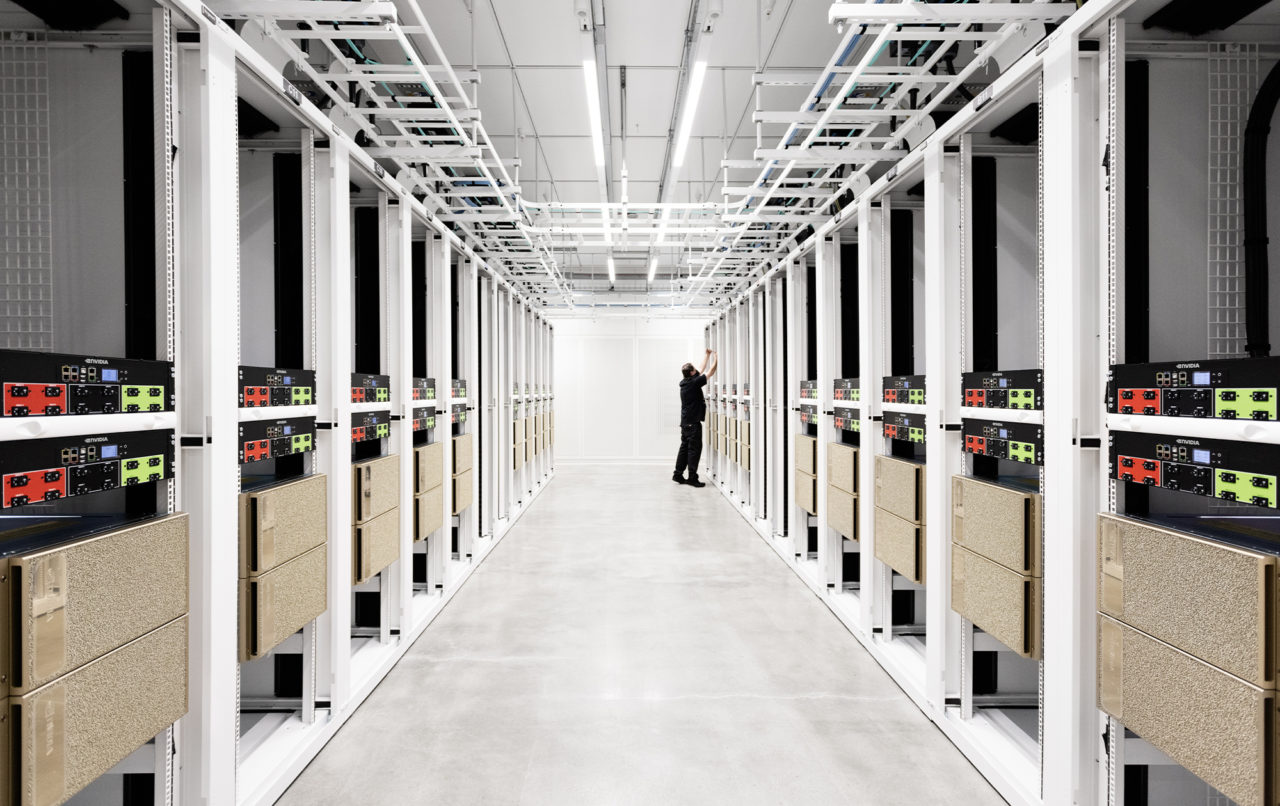Since NVIDIA announced construction of the U.K.’s most powerful AI supercomputer — Cambridge-1 — Marc Hamilton, vice president of solutions architecture and engineering, has been (remotely) overseeing its building across the pond.
The system, which will be available for U.K. healthcare researchers to work on pressing problems, is being built on NVIDIA DGX SuperPOD architecture for a whopping 400 petaflops of AI performance.
Located at Kao Data, a data center using 100 percent renewable energy, Cambridge-1 would rank among the world’s top three most energy-efficient supercomputers on the latest Green500 list.
Hamilton points to the concentration of leading healthcare companies in the U.K. as a primary reason for NVIDIA’s decision to build Cambridge-1.
AstraZeneca, GSK, Guy’s and St Thomas’ NHS Foundation Trust, King’s College London, and Oxford Nanopore have already announced their intent to harness the supercomputer for research in the coming months.
Construction has been progressing at NVIDIA’s usual speed-of-light pace, with just final installations and initial tests remaining.
Hamilton promises to provide the latest updates on Cambridge-1 at GTC 2021.
Key Points From This Episode:
- Hamilton gives listeners an explainer on Cambridge-1’s scalable units, or building blocks — NVIDIA DGX A100 systems — and how just 20 of them can provide the equivalent of hundreds of CPUs.
- NVIDIA intends for Cambridge-1 to accelerate corporate research in addition to that of universities. Among them are King’s College London, which has already announced that it’ll be using the system.
Tweetables:
“With only 20 [DGX A100] servers, you can build one of the top 500 supercomputers in the world” — Marc Hamilton [9:14]
“This is the first time we’re taking an NVIDIA supercomputer by our engineers and opening it up to our partners, to our customers, to use” — Marc Hamilton [10:17]
You Might Also Like:
How AI Can Improve the Diagnosis and Treatment of Diseases
Medicine — particularly radiology and pathology — have become more data-driven. The Massachusetts General Hospital Center for Clinical Data Science — led by Mark Michalski — promises to accelerate that, using AI technologies to spot patterns that can improve the detection, diagnosis and treatment of diseases.
NVIDIA Chief Scientist Bill Dally on Where AI Goes Next
This podcast is full of words from the wise. One of the pillars of the computer science world, NVIDIA’s Bill Dally joins to share his perspective on the world of deep learning and AI in general.
The Buck Starts Here: NVIDIA’s Ian Buck on What’s Next for AI
Ian Buck, general manager of accelerated computing at NVIDIA, shares his insights on how relatively unsophisticated users can harness AI through the right software. Buck helped lay the foundation for GPU computing as a Stanford doctoral candidate, and delivered the keynote address at GTC DC 2019.
